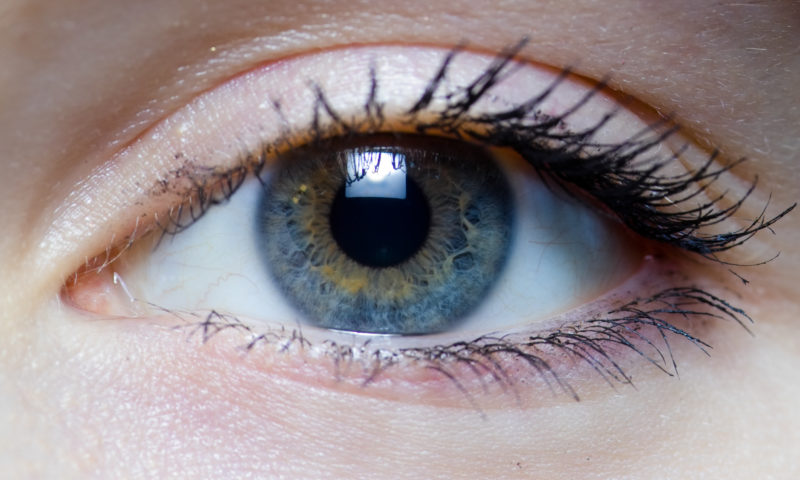Obesity

Contrary to popular belief, obesity doesn’t result as much from laziness and gluttony than it does from genetics. For most overweight people, keeping the pounds off may be significantly harder because they have genes that predispose them to be larger, or cause them to be more addicted to food. Obesity is a growing worldwide epidemic and an estimated 70% of adults in the US are considered overweight or obese. Both conditions are serious health problems because they exponentially raise the risk of diabetes, heart disease, certain types of cancer and heart failure. Unfortunately, many researchers believe that genetics are responsible for at least 50% of all obesity cases. There is not only one gene that influence this, but a multitude of as much as 30 genes.

The average population’s risk for obesity is around 35% and the heritability of obesity is estimated to be around 75%, which means genetics are more responsible for a person’s weight than life style and environmental factors. For instance, the well studied FTO gene accounts for an extra 6.6 pounds of difference in weight. Unfortunately, even if you are not at a genetic risk for obesity, a sedentary life style and unhealthy diet can substantially increase your risk of gaining extra pounds. Everyone is at risk for obesity and you can minimize your risks even further with a proper diet.
The FTO gene

SNP markers around the FTO gene appears to be linked exclusively with fat tissue and BMI. A faulty version of this gene causes energy from food to be stored in excess in fat cells. In research, when this faulty gene was knocked out in mice, they became 50% leaner and burned more fat while sleeping despite the fact that their diet and exercise stayed the same.
What You Can do to Decrease your Risk
It would be wise to maintain healthy lifestyle habits to protect yourself from the odds.
➣ Assess yourself Keep track of your weight and BMI and try to stay in the ”healthy” range.
➣ Genetic testing and personalized diet plan Did you know that people who used genetic testing as part of their weight loss plan lost 2.9 times more weight and reduced their waist size by more than 2.2 times than those who didn’t? For maximum results, download the diet plan app if you are concerned about your weight.
➣ Don’t drink your calories One of the most natural and healthiest ways to keep off unwanted pounds is to reduce or even eliminate sugar laden beverages such as carbonated soda for healthier, low calorie options such as green tea. This way you can still have your slice of cake without doubling sugar and calorie intake with a calorie heavy beverage
➣ Be active Staying physically active not only burns calories but it keeps your metabolism up and boosts mood and productivity
➢Focus on smaller portion sizes People in westernized countries often eat until they feel full, which is bad for weight loss. Try to stop eating right before you get that full feeling to avoid overeating.
➢ Replace calorie heavy, low nutrient foods with fruits and vegetables Eating a lot of food in moderation isn’t bad, but it matters what kind of food you put in your body. Low fat, low calorie food items like vegetables are a great source of energy.
Myths and Fun Facts
✓Overweight and obesity are linked to more deaths worldwide than underweight
✓ Infants and children who are overweight are more likely to be overweight or obese as adults
✓Now that research is showing that genes are closely tied with weight, scientists are working on treatments that can reverse this genetic trait
People who lost 10% of their body weight reported a significant increase in their sex lives (Duke University Medical Center)
✓5 % of Americans said they would rather lose a limb or go blind than be overweight






